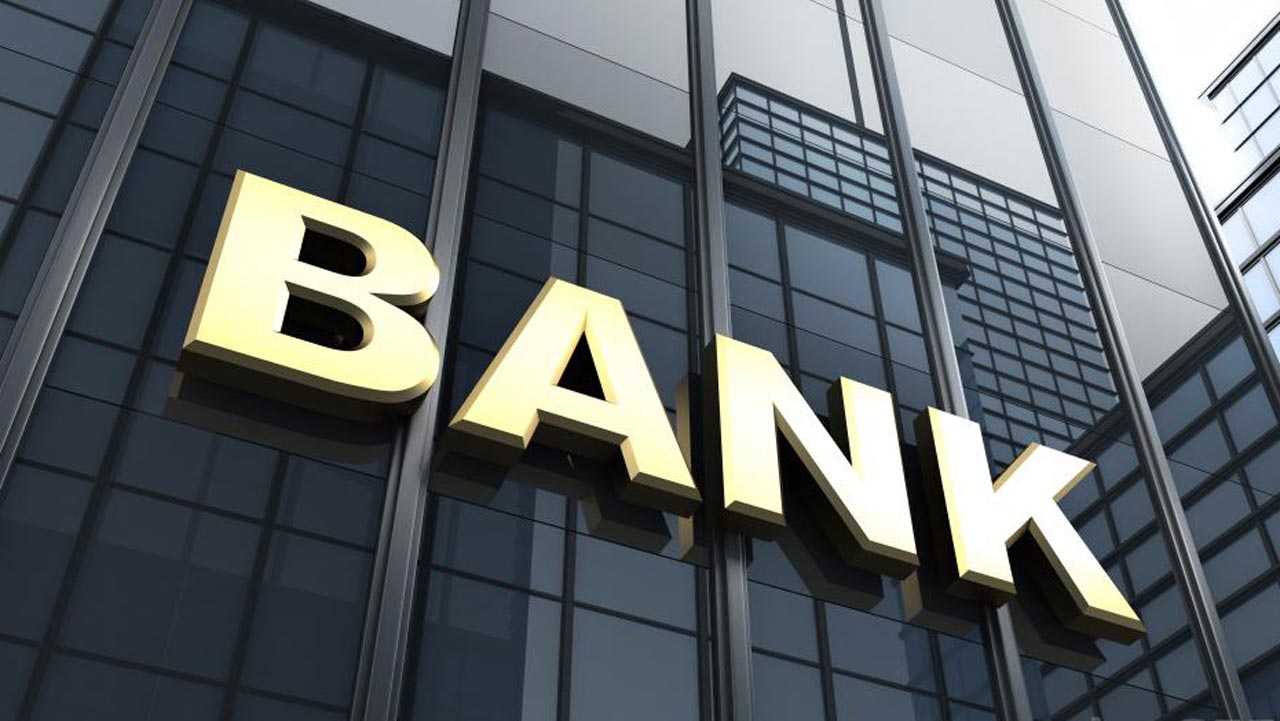The stocks of big banks have been outperforming the rest of the S&P 500 this year, and that investor confidence is about to be put to the test. JPMorgan Chase, Wells Fargo, and Citigroup are all set to report their second quarter results, kicking off another earnings season for the US banking industry. Bank of America will follow suit the following Tuesday.
These banks, the four largest in the US, have each seen their stocks climb more than 20% since January, outperforming the S&P 500. This performance is roughly double the gains of an index that tracks the wider industry, the KBW Nasdaq Bank Index. Investors are optimistic about the ability of these financial institutions to thrive as the Federal Reserve slowly lowers interest rates, regulators water down a set of new bank capital rules, and Wall Street dealmaking stages a comeback.
However, the actual results from the big banks during the second quarter are not expected to stun. JPMorgan is expected to report a sizable net profit due to a pre-tax multibillion-dollar accounting boost from an exchange of shares in credit card giant Visa, but analysts say that won’t grab a lot of attention from market watchers.
The focus will likely be on what JPMorgan has to say about a key measure of lending profit known as net interest income. This profit, which measures the difference between what banks pay out in deposits and take in from their loans, is expected to be down from the sequential quarter. The same goes for the other three big banks.
The results from the big banks are also likely to reveal the cautionary stance these lenders are taking on credit as higher rates pose more challenges for their borrowers. New provisions set aside to cover future loan losses at the big four banks are expected to rise 26% from last quarter.
Investors will be on the watch for more vulnerabilities as many midsize institutions report in the coming weeks. For these lenders, the bull case is that their actual credit losses will be significantly lower than what is being priced into their stocks. However, the institutions that rely heavily on commercial real estate lending aren’t likely to be given the benefit of the doubt until the credit cycle has come full circle.
An index tracking regional bank stock prices has fallen more than 7% since the beginning of the year, indicating subdued investor expectations for regional banks. The upcoming Q2 results will be a crucial test for the banking industry, and the outcome could shape investor confidence for the rest of the year.

